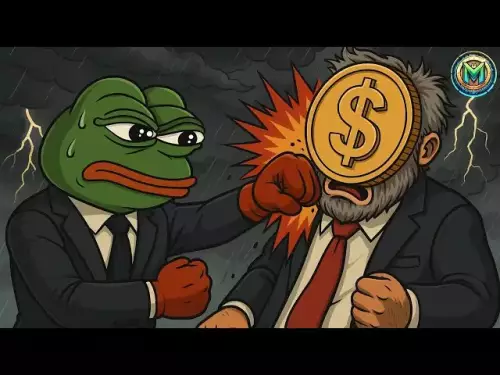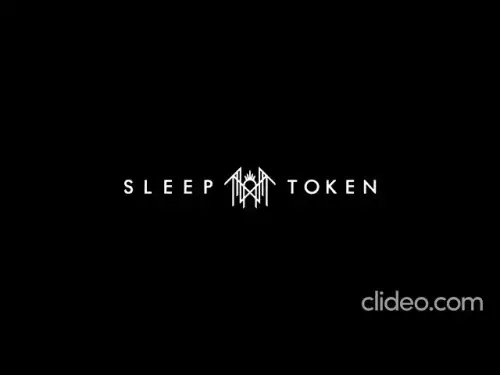-
 Bitcoin
Bitcoin $113200
1.54% -
 Ethereum
Ethereum $4368
1.43% -
 XRP
XRP $3.022
4.23% -
 Tether USDt
Tether USDt $0.0000
-0.01% -
 BNB
BNB $883.5
0.92% -
 Solana
Solana $219.5
5.29% -
 USDC
USDC $0.9997
-0.02% -
 Dogecoin
Dogecoin $0.2411
3.66% -
 Cardano
Cardano $0.8908
5.48% -
 TRON
TRON $0.3349
0.94% -
 Hyperliquid
Hyperliquid $54.50
8.93% -
 Chainlink
Chainlink $23.73
5.54% -
 Ethena USDe
Ethena USDe $1.001
-0.01% -
 Sui
Sui $3.602
5.47% -
 Stellar
Stellar $0.3861
5.90% -
 Bitcoin Cash
Bitcoin Cash $585.1
-1.13% -
 Avalanche
Avalanche $26.09
4.37% -
 Hedera
Hedera $0.2325
5.06% -
 UNUS SED LEO
UNUS SED LEO $9.549
-0.23% -
 Litecoin
Litecoin $114.2
1.13% -
 Cronos
Cronos $0.2502
-2.95% -
 Toncoin
Toncoin $3.134
1.24% -
 Shiba Inu
Shiba Inu $0.00001307
4.10% -
 Polkadot
Polkadot $4.148
3.50% -
 Uniswap
Uniswap $9.759
3.47% -
 Ethena
Ethena $0.8495
11.24% -
 World Liberty Financial
World Liberty Financial $0.2188
3.76% -
 Dai
Dai $0.9997
-0.03% -
 Monero
Monero $271.7
0.21% -
 Aave
Aave $309.2
2.95%
What is NFT digital art?
NFT digital art uses blockchain to verify ownership and authenticity, ensuring artists get credit and royalties while buyers own unique, tokenized works.
Aug 10, 2025 at 03:00 pm
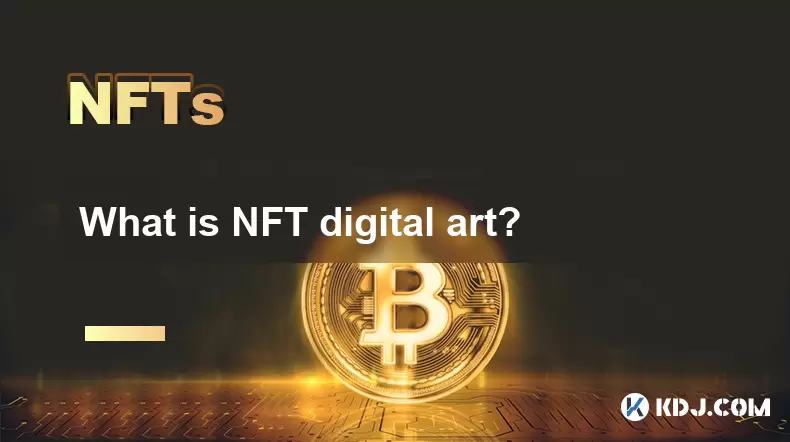
Understanding the Basics of NFT Digital Art
NFT digital art refers to unique digital creations that are authenticated and secured using non-fungible tokens (NFTs) on a blockchain. Unlike traditional digital files that can be endlessly copied, NFTs provide verifiable proof of ownership and authenticity. Each NFT is individually tokenized, meaning it cannot be exchanged on a one-to-one basis like cryptocurrencies such as Bitcoin or Ethereum. This uniqueness is what gives NFT digital art its value. The artwork can include images, animations, music, or even virtual real estate, all of which are stored as digital files and linked to a specific NFT on a blockchain.
The blockchain used most commonly for NFTs is Ethereum, although other platforms like Solana, Polygon, and Tezos also support NFT creation and trading. When an artist mints an NFT, they upload their digital file to an NFT marketplace and generate a cryptographic token that represents ownership of that file. This process ensures that the original creator is credited and can often receive royalties on future sales. The buyer receives a digital certificate of ownership, which is recorded permanently on the blockchain.
How NFT Digital Art Is Created
Creating NFT digital art involves several technical and creative steps. Artists begin by producing a digital artwork using software such as Adobe Photoshop, Procreate, or Blender. Once the artwork is finalized, the next step is to mint the NFT. This requires connecting a digital wallet—such as MetaMask—to an NFT marketplace like OpenSea, Rarible, or Foundation.
- Connect your crypto wallet to the chosen NFT platform.
- Upload the digital file (JPEG, PNG, MP4, etc.) to the marketplace.
- Fill in metadata including title, description, and properties.
- Choose the blockchain network (e.g., Ethereum, Polygon).
- Pay the minting fee, also known as gas fees, to finalize the process.
Minting converts the digital file into a blockchain-verified asset. The NFT then becomes available for sale or auction. Some platforms allow lazy minting, where the NFT is not recorded on the blockchain until it is purchased, reducing upfront costs for artists.
Ownership and Authenticity in NFT Art
One of the most significant aspects of NFT digital art is proof of ownership. When someone purchases an NFT, they receive a digital token that proves they own the original version of the artwork. This token is stored in their cryptocurrency wallet and can be transferred or resold. It’s important to understand that owning the NFT does not necessarily transfer copyright—the artist typically retains intellectual property rights unless explicitly stated otherwise.
The blockchain ledger ensures that every transaction involving the NFT is transparent and immutable. Anyone can view the history of ownership, including the original creator and all subsequent buyers. This transparency helps prevent fraud and establishes trust in the digital art market. Additionally, many NFTs include smart contracts that automatically pay the artist a percentage of resale profits, a feature that was nearly impossible in traditional art markets.
Popular Platforms for NFT Digital Art
Several platforms dominate the NFT digital art space, each offering different features and user experiences. OpenSea is the largest and most well-known marketplace, supporting multiple blockchains and offering a wide range of digital art. Users can list NFTs for auction or fixed-price sales and browse collections from emerging and established artists.
- OpenSea: Supports Ethereum, Polygon, and other chains; user-friendly interface.
- Rarible: Decentralized marketplace with community governance via RARI tokens.
- Foundation: Curated platform that requires artist invitations, emphasizing quality.
- SuperRare: Focuses on single-edition digital artworks with strong artist communities.
- Nifty Gateway: Known for collaborations with mainstream artists and brands.
Each platform has its own fee structure, minting process, and audience, so artists should research which one aligns best with their goals. Buyers should verify the authenticity of the artist’s profile and check for verified badges before making purchases.
Challenges and Considerations in NFT Art
Despite its popularity, NFT digital art faces several challenges. One major concern is environmental impact, particularly on blockchains like Ethereum that use proof-of-work consensus mechanisms. High energy consumption has led to criticism, though many platforms are transitioning to more sustainable models like proof-of-stake.
Another issue is copyright infringement. Because anyone can mint an NFT of a digital file, some individuals have uploaded artwork they did not create, leading to disputes. Platforms are implementing verification systems, but enforcement remains inconsistent. Buyers should always confirm the legitimacy of the seller and review the metadata and provenance of the NFT.
Additionally, the value of NFTs can be highly volatile. Prices are driven by demand, scarcity, and community interest, which can fluctuate rapidly. Storage of the actual digital file is another consideration—while the NFT resides on the blockchain, the artwork file is often hosted on external servers. If those servers go offline, the link may break unless decentralized storage solutions like IPFS are used.
How to Verify and Purchase NFT Digital Art
Purchasing NFT digital art requires careful verification to avoid scams. Start by ensuring your wallet is compatible with the platform and funded with the appropriate cryptocurrency. When browsing listings, look for verified creators and check the NFT’s transaction history.
- Examine the contract address of the NFT to confirm it matches the official collection.
- Review past sale prices and bidding history for authenticity.
- Confirm whether the NFT includes unlockable content or utility, such as access to events.
- Double-check gas fees and marketplace commissions before finalizing the purchase.
After buying, the NFT will appear in your wallet. You can display it in digital galleries, transfer it, or resell it. Always keep your private keys secure and enable two-factor authentication on your accounts.
Frequently Asked Questions
Can I copy an NFT digital artwork if I don’t own the NFT?Yes, you can download or screenshot the image associated with an NFT, but that does not grant ownership. The NFT itself is the verifiable token on the blockchain, and only the holder has the authenticated claim to the original.
Does owning an NFT give me copyright to the artwork?No, ownership of the NFT does not automatically transfer copyright. Unless the creator explicitly grants reproduction rights, the buyer only owns the token, not the legal rights to reproduce or commercialize the artwork.
What happens if the website hosting the NFT’s image shuts down?If the digital file is hosted centrally and the site goes offline, the image may become inaccessible. However, NFTs stored using IPFS (InterPlanetary File System) or similar decentralized storage are more resilient, as the file is distributed across multiple nodes.
How do artists earn royalties from NFT resales?Artists can embed royalty percentages in the smart contract during minting. Whenever the NFT is resold on a compatible marketplace, the contract automatically sends the specified percentage to the artist’s wallet.
Disclaimer:info@kdj.com
The information provided is not trading advice. kdj.com does not assume any responsibility for any investments made based on the information provided in this article. Cryptocurrencies are highly volatile and it is highly recommended that you invest with caution after thorough research!
If you believe that the content used on this website infringes your copyright, please contact us immediately (info@kdj.com) and we will delete it promptly.
- Aethir Price Check: Smart Money Bails, Correction Ahead?
- 2025-09-09 16:25:13
- Canary ETF, Staked SEI, and SEC Filings: A New York Minute on Crypto's Next Big Thing
- 2025-09-09 16:45:16
- Nasdaq and Tokenized Securities: Trading's Next Frontier
- 2025-09-09 16:45:16
- Tom Lee's Bold Bitcoin Prediction: $200,000 by 2025?
- 2025-09-09 16:25:13
- Ruvi AI's Presale: Is This Your Ticket to Six Figures?
- 2025-09-09 16:30:12
- Dogecoin Price Prediction: Whale Attention and the $DOGE ETF Buzz
- 2025-09-09 16:30:12
Related knowledge
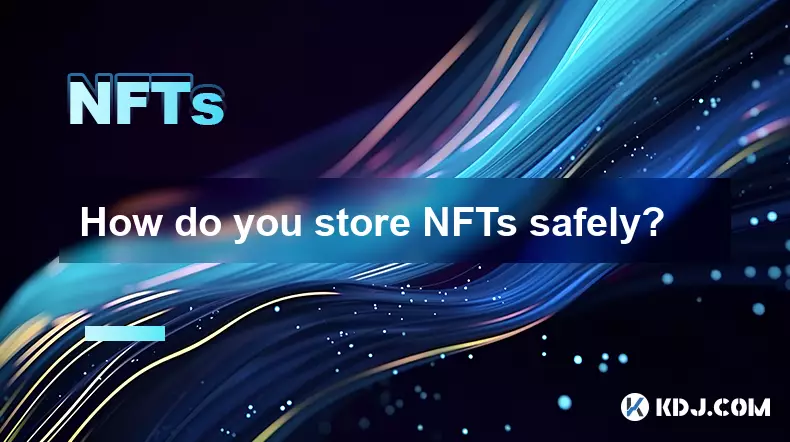
How do you store NFTs safely?
Sep 09,2025 at 02:54am
Understanding NFT Storage Fundamentals1. NFTs, or non-fungible tokens, are digital assets verified on a blockchain, typically representing ownership o...
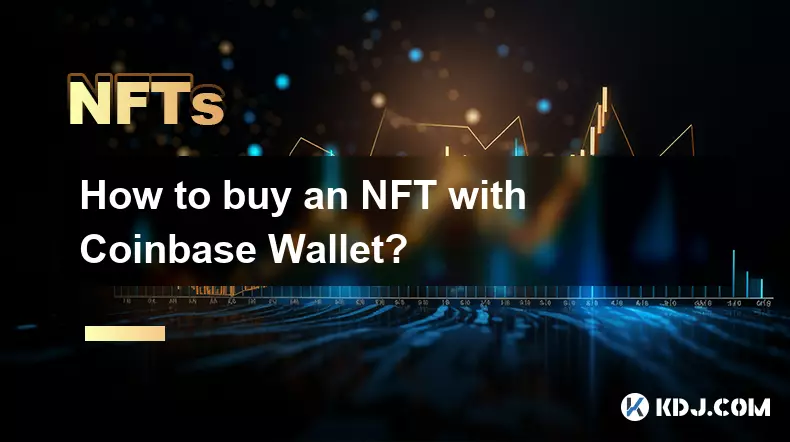
How to buy an NFT with Coinbase Wallet?
Sep 05,2025 at 04:54am
Setting Up Your Coinbase Wallet1. Download the Coinbase Wallet app from the App Store or Google Play Store. The application functions as a standalone ...
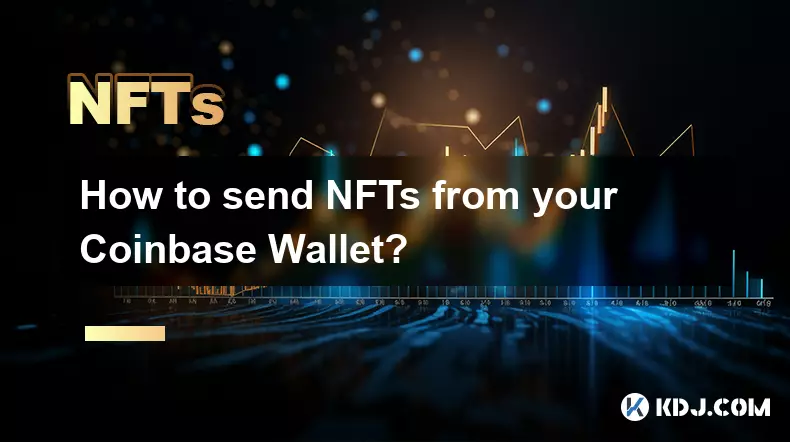
How to send NFTs from your Coinbase Wallet?
Sep 08,2025 at 12:36am
Sending NFTs from Coinbase Wallet: A Step-by-Step Guide1. Open the Coinbase Wallet app on your mobile device and ensure you are logged into the correc...
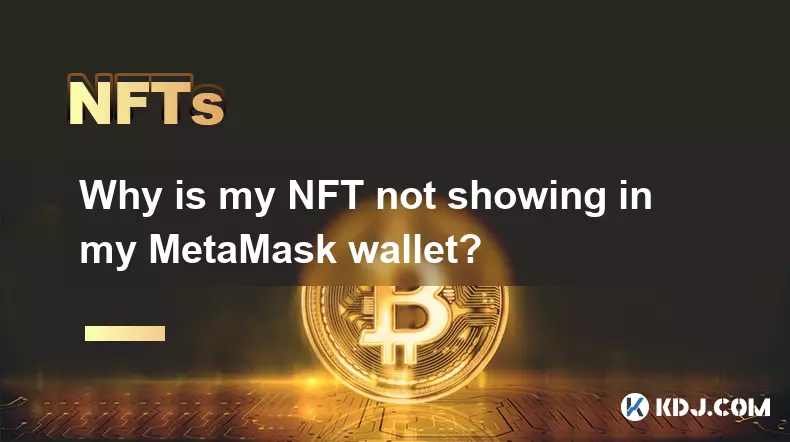
Why is my NFT not showing in my MetaMask wallet?
Sep 05,2025 at 07:55am
Understanding NFT Visibility in MetaMask1. MetaMask is a digital wallet that supports Ethereum and other EVM-compatible blockchains, allowing users to...
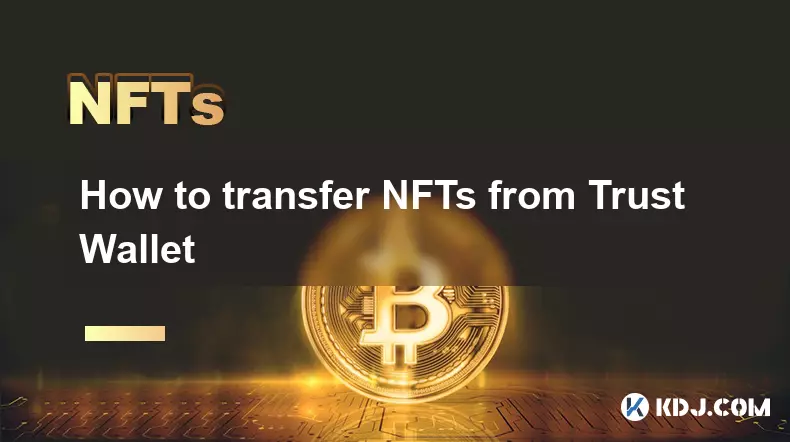
How to transfer NFTs from Trust Wallet
Sep 07,2025 at 09:00am
Understanding NFT Transfers from Trust Wallet1. Trust Wallet is a widely used mobile cryptocurrency wallet that supports a variety of blockchain netwo...
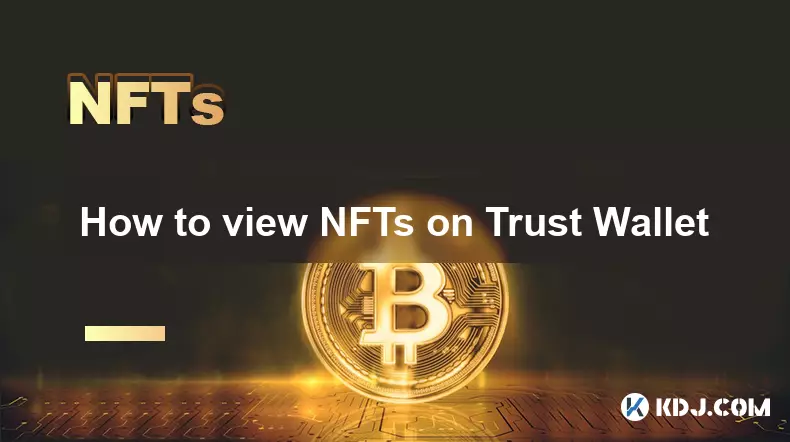
How to view NFTs on Trust Wallet
Sep 08,2025 at 11:37am
Accessing NFTs in Trust Wallet1. Open the Trust Wallet application on your mobile device and ensure you are logged into your account. The app supports...

How do you store NFTs safely?
Sep 09,2025 at 02:54am
Understanding NFT Storage Fundamentals1. NFTs, or non-fungible tokens, are digital assets verified on a blockchain, typically representing ownership o...

How to buy an NFT with Coinbase Wallet?
Sep 05,2025 at 04:54am
Setting Up Your Coinbase Wallet1. Download the Coinbase Wallet app from the App Store or Google Play Store. The application functions as a standalone ...

How to send NFTs from your Coinbase Wallet?
Sep 08,2025 at 12:36am
Sending NFTs from Coinbase Wallet: A Step-by-Step Guide1. Open the Coinbase Wallet app on your mobile device and ensure you are logged into the correc...

Why is my NFT not showing in my MetaMask wallet?
Sep 05,2025 at 07:55am
Understanding NFT Visibility in MetaMask1. MetaMask is a digital wallet that supports Ethereum and other EVM-compatible blockchains, allowing users to...

How to transfer NFTs from Trust Wallet
Sep 07,2025 at 09:00am
Understanding NFT Transfers from Trust Wallet1. Trust Wallet is a widely used mobile cryptocurrency wallet that supports a variety of blockchain netwo...

How to view NFTs on Trust Wallet
Sep 08,2025 at 11:37am
Accessing NFTs in Trust Wallet1. Open the Trust Wallet application on your mobile device and ensure you are logged into your account. The app supports...
See all articles
























